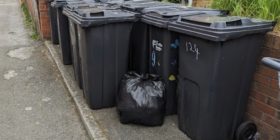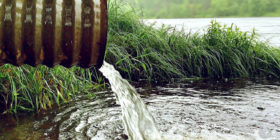Water from disused Flintshire coal mines could provide sustainable heating solutions for nearby buildings
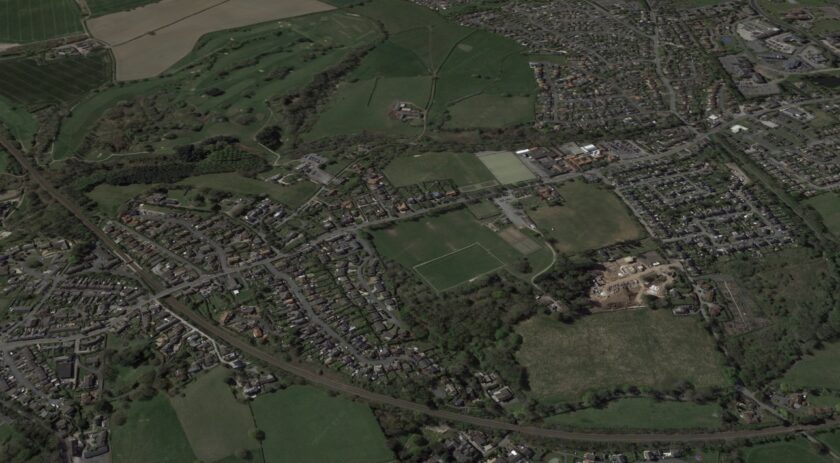
The Welsh Government has released a new map identifying opportunities for harnessing heat from disused coal mines, including several sites in Flintshire.
The initiative aims to tap into a renewable, low-carbon source of energy by utilising naturally heated water within these abandoned mines to provide sustainable heating solutions for buildings in former coalfield areas.
Ken Skates, the Cabinet Secretary for the Economy, Transport, and North Wales, announced the publication of the “Wales’s Mine Water Heat Opportunity Map” and accompanying technical reports today.
The initiative would help towards reducing Wales’s carbon footprint, with heating currently accounting for around 50% of energy use in the region.
“We are looking at a resource that, if tapped effectively, could support our broader efforts to combat climate change and promote sustainable economic growth,” said Mr Skates.
“The use of mine water heat is one of several measures we are pursuing to decarbonise our energy supply.”
Mapping the Potential
The Coal Authority was commissioned by the Welsh Government to assess the potential for harnessing heat from Wales’s disused mines.
Their findings have been compiled into a detailed “mine water heat opportunity map,” which categorises coal mine workings across Wales as “Good,” “Possible,” or “Challenging” for mine water heat developments.
The assessment covered all known coal mine workings that might contain naturally warmed water.
A second map was also created, highlighting locations where mine water is already brought to the surface via controlled gravity-driven discharges or mine water treatment schemes.
These sites are considered particularly cost-effective for potential heating schemes.
Additionally, technical reports have been prepared for 11 local authorities, including Flintshire, providing them with specific insights into local mine heat opportunities.
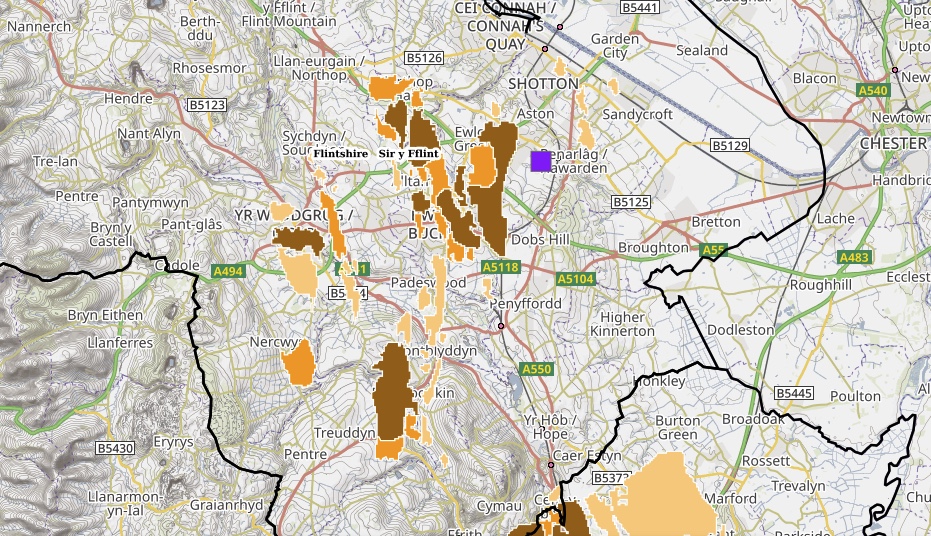
[Brown shaded parts of the map represent areas deemed to have ‘Good Opportunities’]
Flintshire’s Potential and Challenges
In Flintshire, where coal mining dates back to at least the 16th century and the last mine closed in 1996, the report identifies several areas with “Good” potential for mine water heat projects.
Key sites include the Hawarden discharge, which has an estimated heat potential of 0.71 MWth, and borehole opportunities at Burntwood, Pentre, Buckley, Ewloe Green, and Mostyn.
These findings suggest that Flintshire’s geological and mining legacy could offer viable opportunities for renewable energy development.
However, integrating these opportunities into a viable heat network presents challenges.
The sporadic nature of the mine workings and their locations relative to built-up areas complicates development efforts.
While good opportunities exist in more populated areas such as Buckley, Little Mountain, Burntwood Mold, and between Ewloe Green and Ewloe, some opportunities are isolated, such as those west of Flint around the Red Wood area.
Rural or coastal settings also pose difficulties in finding potential heat offtakers.
Spotlight on Prescott Level, Hawarden
One notable site is the Prescott Level in Hawarden, where a mine water discharge upwelling adjacent to the stream at Hawarden Golf Course offers potential for heat capture.
This discharge is thought to originate from a mine shaft sunk to the Prescott Level, a drainage adit that runs downstream from the site.
There are also mine shafts further upstream that access this drainage adit.
Capturing the mine water discharge here would require further investigation, particularly since the site is already on the priority list for remediation of existing discharges.
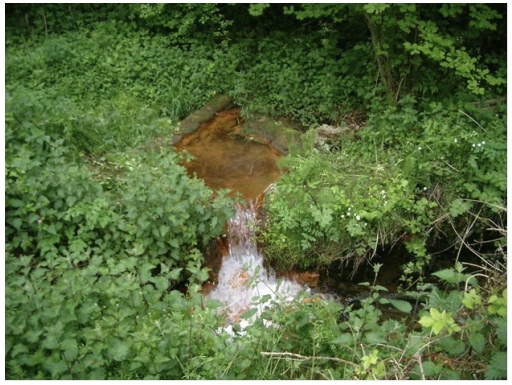
[Prescott Level, Hawarden discharge upwelling]
An initial estimate suggests that around 0.71 MWth of average heat potential might be available from this discharge.
However, more detailed site-specific studies are needed to accurately assess flow rates and temperatures and confirm the feasibility of developing a heat scheme.
Additional investigation would also be required to identify potential heat users in the vicinity.
Hawarden High School is mentioned in the report because of its proximity to the identified “Good” mine water discharge site.
The school’s location makes it a potential end user for the heat generated from the mine water, providing an opportunity to implement a sustainable heating solution.
Evaluating Possibilities and Challenges
The map identifies areas with “Possible” opportunities for mine water heat projects, closely linked to existing good opportunities or located beneath major highways, such as the A55 south of Northop Hall and the A548 northeast of Flint.
These sites are less likely to be developed due to their challenging nature.
Potential opportunities around Buckley Mountain and Burntwood could benefit from early engagement with the Coal Authority to explore modifying surface layouts to enhance development prospects.
An isolated possible opportunity also exists southeast of Nercwys, where a local business, The Poultry Court, might utilise mine water to reduce energy costs and decarbonise its operations.
The report also notes “Challenging” opportunities in areas like Shotton and south of Mold and Padeswood.
These sites are characterised by small, isolated mine workings with minimal development, making the establishment of a heat network less likely.
Future Steps
The Welsh Government’s publication of these resources is part of a broader strategy to provide clear policy direction and facilitate informed development decisions.
This strategy aligns with their wider Heat Strategy, Local Area Energy Plans, and Net Zero Wales Carbon Budgets.
Mr Skates emphasised that these efforts are ongoing: “This is just one part of the information we will be rolling out over the coming months.”
“We are committed to providing the resources and direction needed to enable local authorities and developers to make informed choices about the opportunities mine water heat presents.”
Further details and access to the reports, can be found on the Welsh Government’s website here.
Spotted something? Got a story? Send a Facebook Message | A direct message on Twitter | Email: [email protected] Latest News


